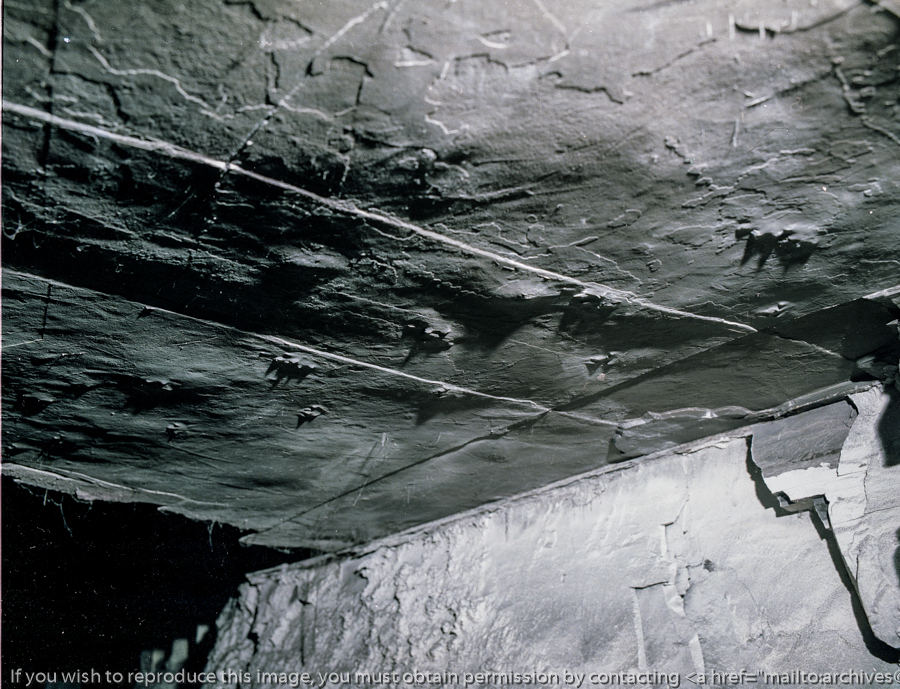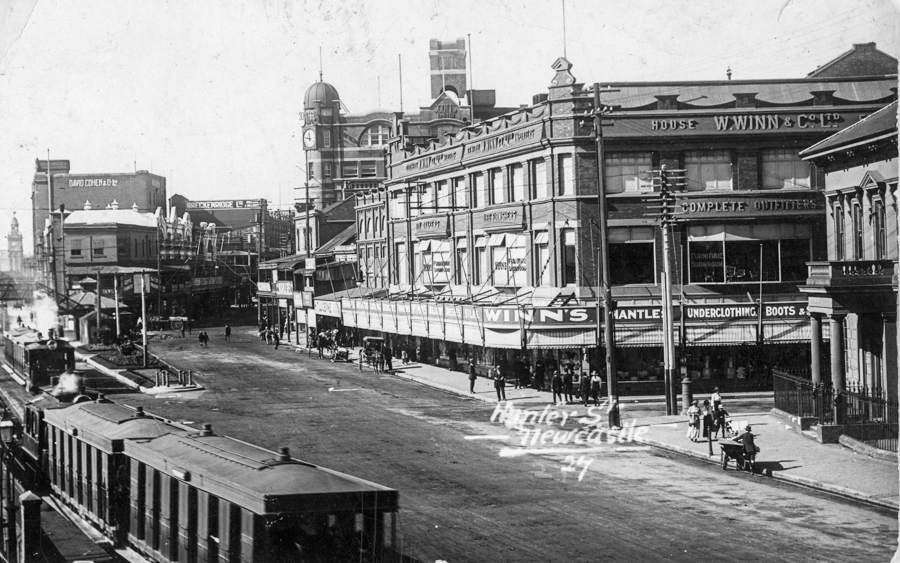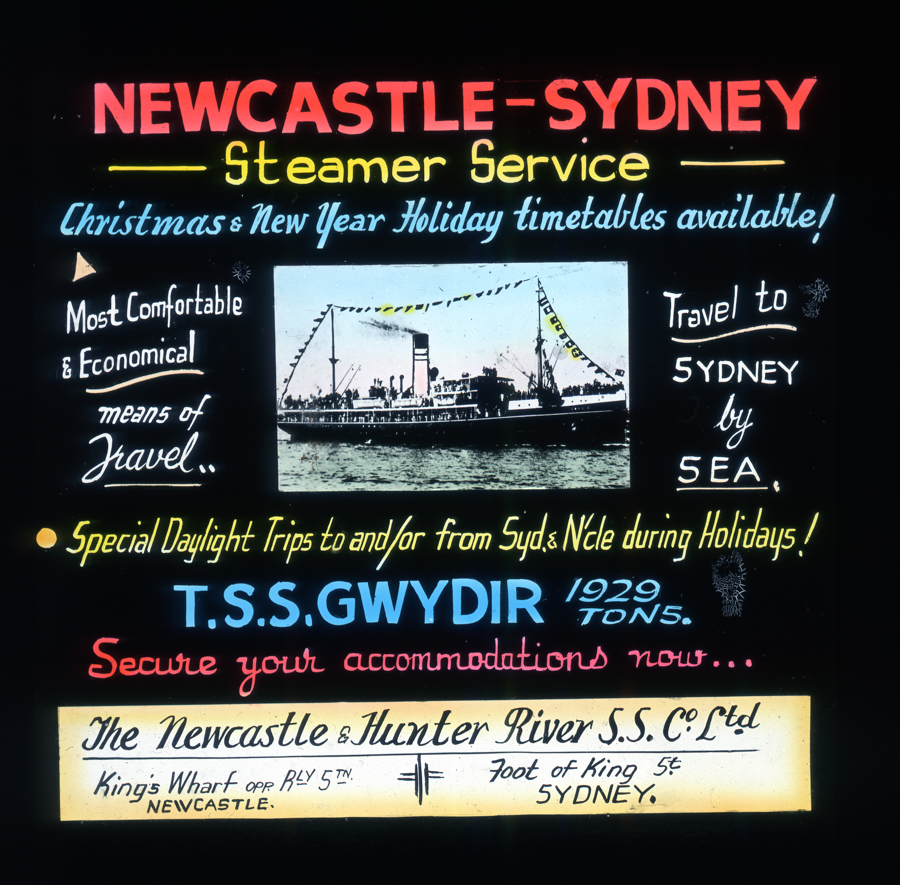The mystery in the mine: lizard tracks deep below Catherine Hill Bay.
MILLIONS of years ago, apparently, a large lizard or similar creature was taking a walk on some soft ground. Its feet sank into the mud, and it backed away. The ground hardened, preserving the tracks, which were later filled in with a different type of mud. The ground eventually turned into rock, and other layers formed on top, pressing those layers and the tracks of the creature deep below the surface of the earth. Deep underground at Wallarah Colliery in 1979. Photo used with permission of Brian R. Andrews. In 1979, miners working the coal seam…



